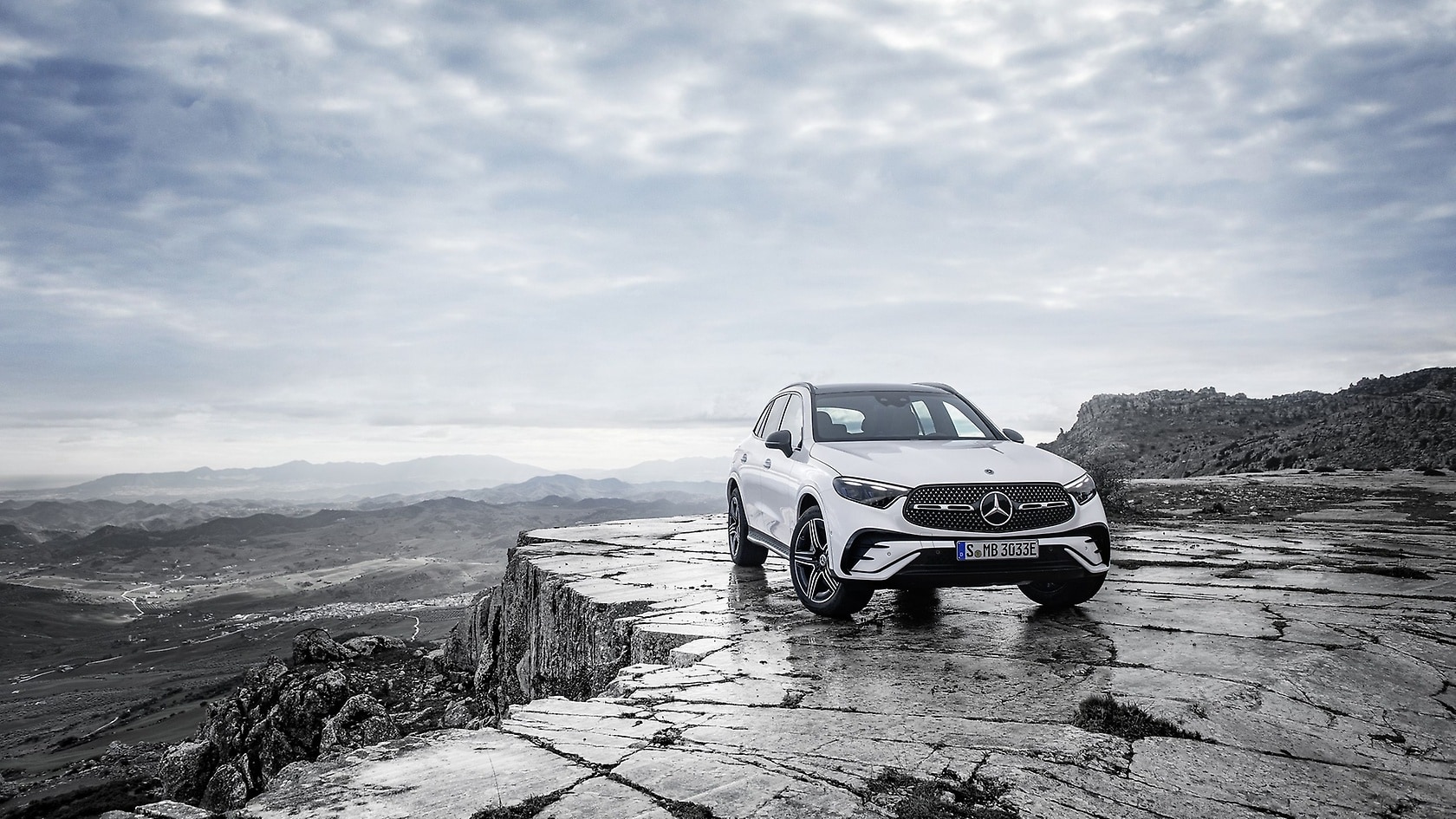July 27, 2022 – Mercedes-Benz Group AG achieved strong second-quarter financial results, thanks to sustained demand for luxury vehicles and premium vans, a good model mix, enhanced pricing power and ongoing cost discipline.
As a result, the adjusted Return on Sales at Mercedes-Benz Cars rose to 14.2% in the quarter and reached 10.1% at Mercedes-Benz Vans, despite the COVID lockdowns, the ongoing semiconductor supply-chain bottlenecks and war in Ukraine.
You will find all documents and the recordings of the conference calls in the lower section of this page.

The team at Mercedes-Benz delivered another strong quarter in an uncertain environment. We are enhancing our vigilance and resilience to manage increasingly complex macroeconomic and geopolitical challenges. At the same time, we have good reasons to remain confident, with ongoing strong demand, a fresh vehicle portfolio and further key product launches this year.
Ola Källenius
Chairman of the Board of Management of Mercedes-Benz Group AG

Group revenue rose by 7% to €36.4 billion (Q2 2021: €34.1 billion) and adjusted EBIT increased by 8% to €4.9 billion (Q2 2021: €4.6 billion) as the company’s focus on Top-End Luxury vehicles, battery electric vehicles (BEV) and premium vans as well as a relentless focus on costs, helped to offset lower sales and higher raw material costs.
In the wake of heightened geopolitical tensions following Russia’s attack on Ukraine, Mercedes-Benz has sought to safeguard supply chains and to maximise the potential for reducing or substituting the use of natural gas in vehicle production. For example, Mercedes-Benz has established that in Sindelfingen, where the EQS, S-Class and Mercedes-Maybach are produced, the paint shop could operate without gas supply in an emergency mode. Mercedes-Benz sees a gas reduction potential of around 50% in Germany without impact if regional pooling is possible. The company’s long-term goal is to switch from gas to electricity and other renewable energy sources.
In addition to making Mercedes-Benz more weatherproof against geopolitical and macroeconomic headwinds, the company continues to transform at full speed towards an all-electric future. For example: in June, the Mercedes-Benz VISION EQXX beat its own efficiency record and drove more than 1,200 kilometres on a single charge under real-world conditions. The EQS SUV was presented and the EQE was launched in the market. And that’s after Mercedes-Benz, in consultation with its employee representatives, recalibrated its European production network for passenger cars to manufacture its reshaped product portfolio focused on luxury electric vehicles.
Investments, free cash flow, liquidity
The free cash flow of the industrial business in the second quarter amounted to €1.4 billion (Q2 2021: €2.2 billion), as semiconductor bottlenecks and supply-chain disruptions led to a build-up of unfinished stock. The adjusted free cash flow of the industrial business was €2.1 billion (Q2 2021: €2.5 billion). The net liquidity of the industrial business as of June 30 amounted to €19.1 billion (end of 2021: €21.0 billion).
The Group’s investments into property, plant and equipment amounted to €0.8 billion in the second quarter of 2022 (Q2 2021: €1.0 billion). Mercedes-Benz Cars invested €0.7 billion in property, plant and equipment (Q2 2021: €0.9 billion) and Mercedes-Benz Vans invested €0.03 billion (Q2 2021: €0.03 billion).
At group level, research and development expenditure in the second quarter amounted to €2.2 billion (Q2 2021: €2.4 billion).
Divisional results
Mercedes-Benz Cars sales amounted to 487,100 vehicles in the second quarter (Q2 2021: 521,200). Net pricing improved and the product mix remained favourable, helping to lift revenue by 8%, the adjusted EBIT by 20%, and the adjusted Return on Sales to 14.2%, despite a 7% drop in sales. Strong demand could not be fulfilled due to semiconductor and logistical challenges, causing unit sales in the Top-End Luxury segment to slightly decrease to 75,500 vehicles (Q2 2021: 77,900). Mercedes-Maybach posted a record quarter and S-Class sales remained very strong. Unit sales of Core Luxury vehicles exceeded those of the prior-year quarter and reached 272,600 vehicles (Q2 2021: 266,200) while 139,100 vehicles (Q2 2021: 177,100) from the Entry Luxury segment were sold during the same period. For Mercedes-Benz, the switch to electric vehicles in this segment is gathering pace, with electrified Mercedes-Benz Passenger Cars (BEV and PHEV excl. smart) amounting to 57,600 vehicles in Q2 (+16%). Fully electric vehicle sales without smart more than doubled to 25,200 (+134%).
At Mercedes-Benz Vans, second-quarter unit sales remained close to prior-year levels with 100,100 vehicles worldwide (Q2 2021: 98,400). Sales in the commercial sector rose slightly to 83,000 units while the private vans with 17,200 unit sales, remained at the prior–year level. Adjusted EBIT reached €0.4 billion (Q2 2021: €0.4 billion) thanks to strongly improved net pricing, which helped to partially offset higher raw material prices and production inefficiencies, caused mainly by semiconductor shortages. However, customer demand for electric vans, especially in the commercial sector, rose by 84% to 3,500 units driven by the eSprinter and eVito. Mercedes-Benz Vans significantly strengthened its small van portfolio with the start of customer deliveries of the new T-Class in Q2, resulting in sales of 912 units and with the new Citan, available since last year.
In the second quarter of 2022, Mercedes-Benz Mobility reached an adjusted Return on Equity (RoE) of 17.1% despite a weakening economic environment. The new business of Mercedes-Benz Mobility declined by 18% to €14.1 billion due to the impact of supply bottlenecks and the slightly decreased proportion of leased and financed vehicles in Group unit sales. Also, the prior-year figures still included the Daimler commercial vehicle business that has since been spun off and hived down. Total portfolio as of June 30 slightly increased to €135.0 billion compared to year-end 2021. Adjusted EBIT decreased to €0.6 billion driven by increased credit risk provisions due to the weaker macroeconomic outlook and by the lower volume.
This page contains forward-looking statements.


